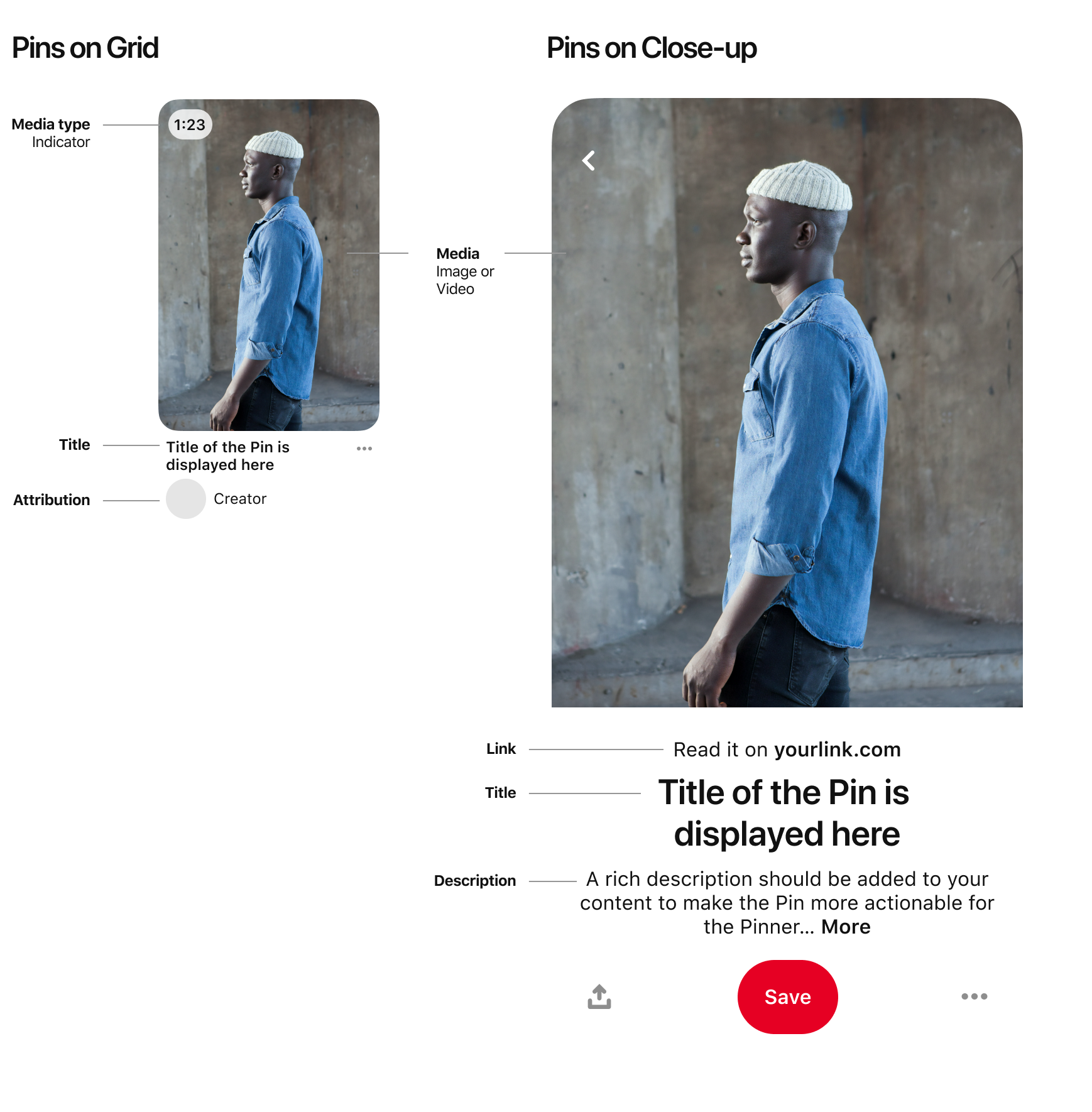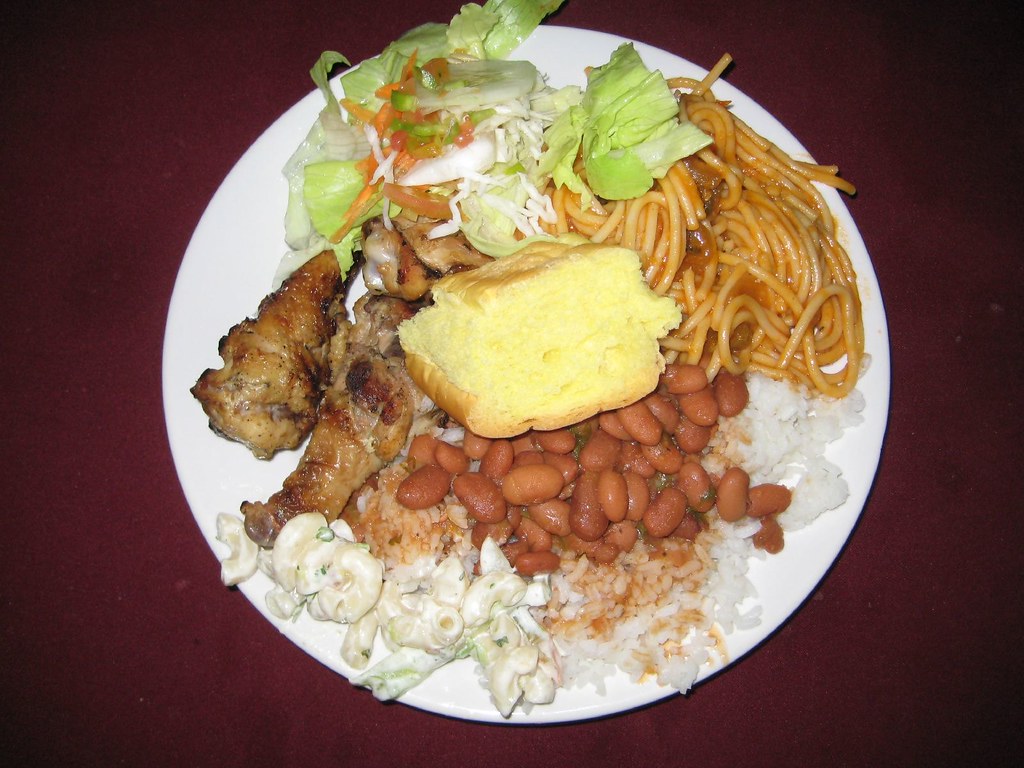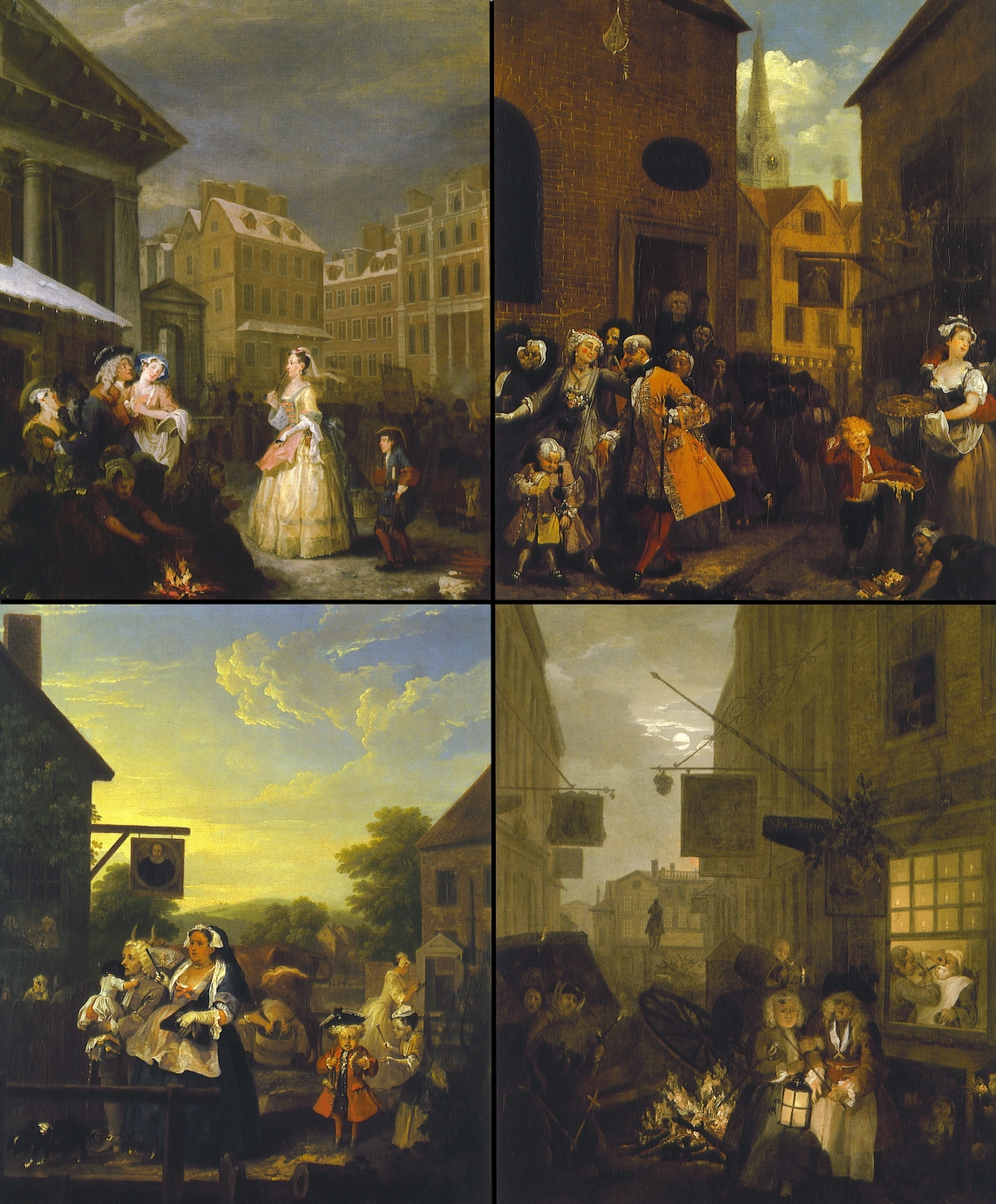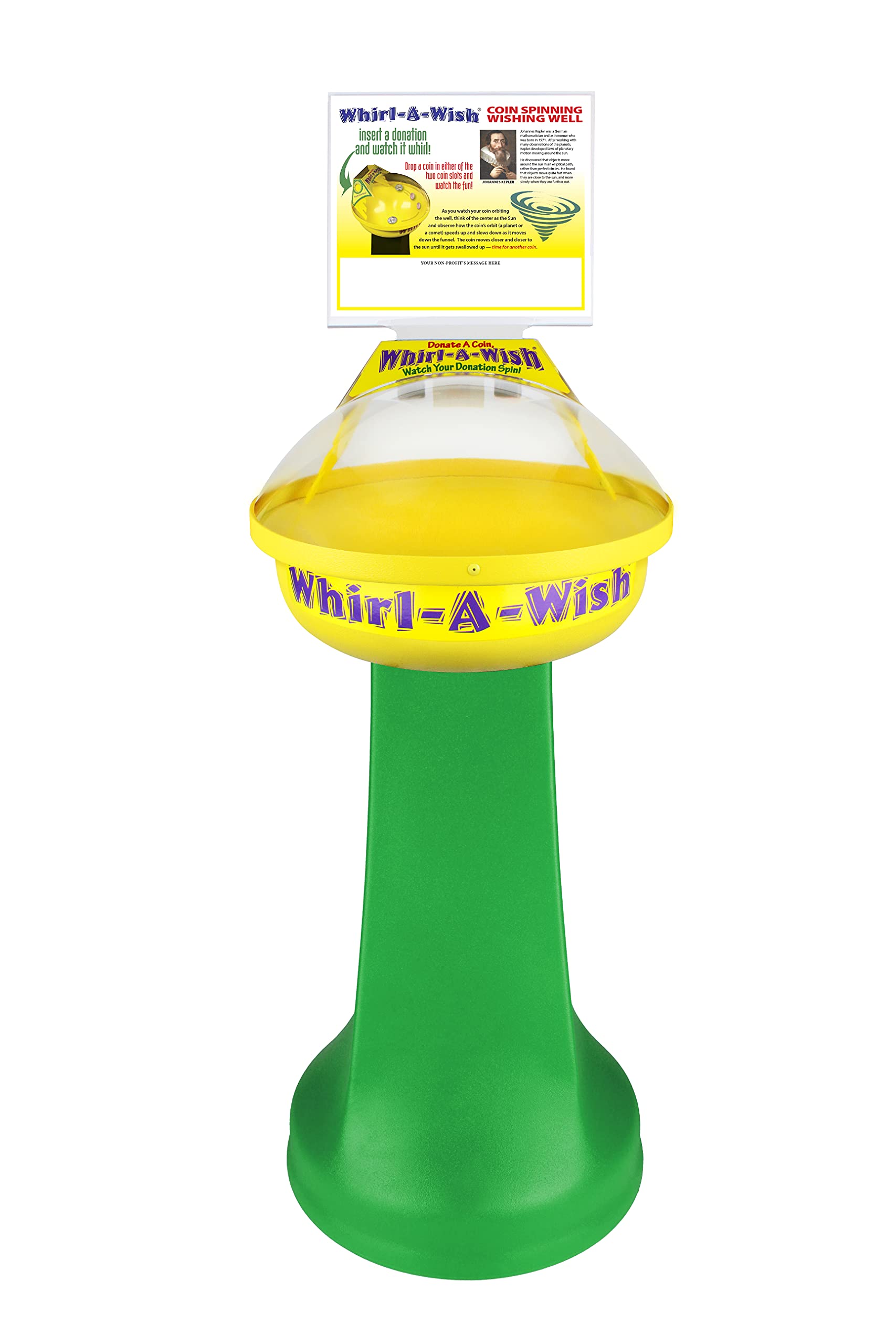Learn how to greet and respond in Spanish with these 26 different ways to say hello and respond to “Hola”.
Essential Phrases to Use After “Hola”
– **Gracias** – Thank you
– **¿Cómo estás?** – How are you?
– **¿Qué tal?** – What’s up?
– **Mucho gusto** – Nice to meet you
– **Buenos días** – Good morning
– **Hasta luego** – See you later
Polite Introductions Following “Hola”
When responding to “Hola” in Spanish, it is polite to follow up with a brief introduction. You can say “Hola, ¿cómo estás? ” (Hello, how are you? ) or “Hola, mucho gusto” (Hello, nice to meet you).
These phrases show courtesy and set a friendly tone for the conversation. In Spanish-speaking cultures, politeness is highly valued, so using these polite introductions is important. It shows respect and hospitality towards the person you are speaking to.
Indicating Pleasure to Meet with “Mucho Gusto”
When meeting someone in Spanish, you can express your pleasure by saying “Mucho gusto,” which translates to “Nice to meet you.” This simple phrase is a polite way to indicate your enjoyment of the encounter. It is commonly used in Spanish-speaking countries as a friendly salutation.
In English, a similar phrase would be “Nice to meet you.” Both phrases serve as a way to acknowledge the other person and show politeness. Using “Mucho gusto” in a conversation can help create a warm and welcoming atmosphere. So next time you meet someone new, remember to say “Mucho gusto” to indicate your pleasure in meeting them.
Expressing Interest with “¿Cómo te llamas?”
When meeting someone new in Spanish, a common way to express interest is by asking “¿Cómo te llamas?” which translates to “What is your name?” This simple phrase is a polite way to start a conversation and get to know the other person.
In Latin America and Spain, asking someone their name is a common way to show interest and begin a friendly interaction. It’s a great way to break the ice and start building a connection with someone new. So next time you meet someone Spanish-speaking, don’t be afraid to use “¿Cómo te llamas?” to show your interest and start a conversation.
Discussing Origins with “¿De dónde eres?”
When someone asks you “¿De dónde eres? ” they are inquiring about your place of origin. This question is commonly used as a way to start a conversation and show interest in getting to know you better. You can respond by stating your country or city of birth. It’s a great way to break the ice and learn more about each other’s background.
This simple question can lead to deeper discussions about culture, traditions, and experiences. Embrace the opportunity to share a piece of yourself with others through this friendly exchange.
Asking for Directions with “¿Dónde está ______?”
When asking for directions in Spanish, you can simply say “¿Dónde está _____?” to find out where a specific location is. This phrase is commonly used when trying to navigate your way around a new place.
Inquiring About Price with “¿Cuánto está?”
When inquiring about price in Spanish, you can simply ask “¿Cuánto está?” This phrase is commonly used in Latin America and Spain when wanting to know the cost of something. It is a direct and polite way to inquire about the price of an item or service.
In the United States, you may also hear people use this phrase when speaking Spanish. It is a versatile phrase that can be used in various situations, whether you’re at a market, a store, or a restaurant. Remember to use this phrase with a friendly tone to show your interest in making a purchase.
Asking “¿Cuánto está?” is a useful phrase to have in your Spanish vocabulary when traveling or interacting with Spanish speakers.
Making Requests with “Me gustaría tener _______.”

When making requests in Spanish, you can use the phrase “Me gustaría tener _______.” which translates to “I would like to have _______.” This polite way of asking for something shows respect and consideration. For example, you could say “Me gustaría tener un café, por favor” when asking for a coffee.
Checking In with “¿Cómo estás?”
When checking in with someone by saying “¿Cómo estás?” in Spanish, you are asking how they are doing. This phrase shows that you care about their well-being and opens up the conversation for a more personal connection. In English, this phrase translates to “How are you?” and is commonly used as a greeting.
By using this phrase, you are showing your attention and hospitality towards the other person. It is a great way to start a conversation and show that you are interested in their well-being. Whether you are speaking to a friend, family member, or colleague, asking “¿Cómo estás?” is a simple and effective way to connect with others.
Compliments Like “Bonito” and “Rico”

When someone says “Hola” in Spanish, you can respond with compliments like “Bonito” (beautiful) or “Rico” (delicious) to show appreciation for their greeting. These simple words can add a friendly and positive tone to the conversation.
Time-Specific Greetings: “Buenos Días/Tardes/Noches”

When greeting someone in Spanish, it’s important to use time-specific greetings based on the time of day. For example, you can say “Buenos Días” in the morning, “Buenas Tardes” in the afternoon, and “Buenas Noches” in the evening. These greetings show politeness and respect. It’s a common practice in Spanish-speaking countries to use these greetings in everyday interactions. By using these phrases, you can show that you are aware of the time of day and are being considerate.
Offering Help with “¿En qué te puedo ayudar?”
When someone says “¿En qué te puedo ayudar?” in Spanish, they are offering their assistance. You can respond with a simple “Gracias” if you don’t need help, or you can ask for what you need help with. This phrase is commonly used in customer service situations or when someone wants to lend a hand.
Inquiring About One’s Day with “¿Qué tal tu día?”
To inquire about someone’s day in Spanish, you can simply ask “¿Qué tal tu día?” This phrase translates to “How was your day?” in English. It’s a common way to show interest in someone’s well-being and start a conversation.
Using this phrase can help you connect with Spanish speakers and show that you care about their day.
Discussing Professions with “¿A qué te dedicas?”

When someone asks “¿A qué te dedicas?” they are inquiring about your profession or occupation. You can respond by saying “Soy” followed by your profession. For example, “Soy doctor/a” means “I am a doctor.” This question is a common way to start a conversation and show interest in someone’s work. It is a polite way to get to know someone better and understand more about their life. Remember to ask others about their professions as well to keep the conversation flowing and show that you care about their interests.
Using this question can help you learn more about the people you interact with and build stronger relationships.
Reconnecting with “¿Cuánto tiempo sin verte?”
“¿Cuánto tiempo sin verte? ” is a common phrase in Spanish meaning “Long time no see. ” It is a friendly way to reconnect with someone you haven’t seen in a while. You can respond with “Sí, ha pasado mucho tiempo” (Yes, it’s been a while) or “¡Qué alegría verte de nuevo!
” (How nice to see you again! ). This phrase shows that you are happy to see the person and are interested in catching up. Use it when reuniting with friends, family, or acquaintances.
It’s a great way to break the ice and start a conversation in Spanish.
Wishing Well with “Que tengas un buen día”

At a Wishing Well, you can greet someone with “Que tengas un buen día” to wish them a good day in Spanish. This phrase is a warm and friendly way to say hello and show that you care about the other person’s well-being. It’s a simple yet meaningful gesture that can brighten someone’s day.
“Que tengas un buen día” is a great way to start a conversation and show kindness towards others, whether you’re speaking to a friend, family member, or stranger. So next time you’re at a Wishing Well, remember to use this phrase to spread positivity and good vibes. ¡Que tengas un buen día!
Sharing Updates with “¿Qué cuentas?”
You can respond to this greeting by sharing any recent news or updates about yourself. Keep the conversation flowing by asking the other person the same question in return.
This phrase is a casual and friendly way to check in with someone and start a dialogue.
Conveying Happiness to See Someone with “Me alegra verte”
When you want to convey happiness at seeing someone in Spanish, you can simply say “Me alegra verte”. This phrase translates to “I’m happy to see you” in English, expressing your joy at meeting someone. Use this phrase as a warm and friendly greeting when you encounter someone you’re happy to see. “Me alegra verte” is a great way to start a conversation on a positive note and show your genuine feelings towards the person you are speaking to.
Responding with Cultural Flair: Unique Expressions
When responding with cultural flair in Spanish, there are numerous unique expressions you can use to say hello.
Some common responses to “Hola” include “¿Qué tal?” or “Hola, ¿cómo estás?” for a more informal greeting.
For a more playful response, you can say “¡Hola, guapa!” to a woman or “¡Hola, guapo!” to a man.
Remember to match the level of formality of the greeting with your response.
Adding a touch of cultural flair to your interactions can make your conversations more engaging and memorable.
These unique expressions can help you connect with Spanish speakers in a more authentic way.

